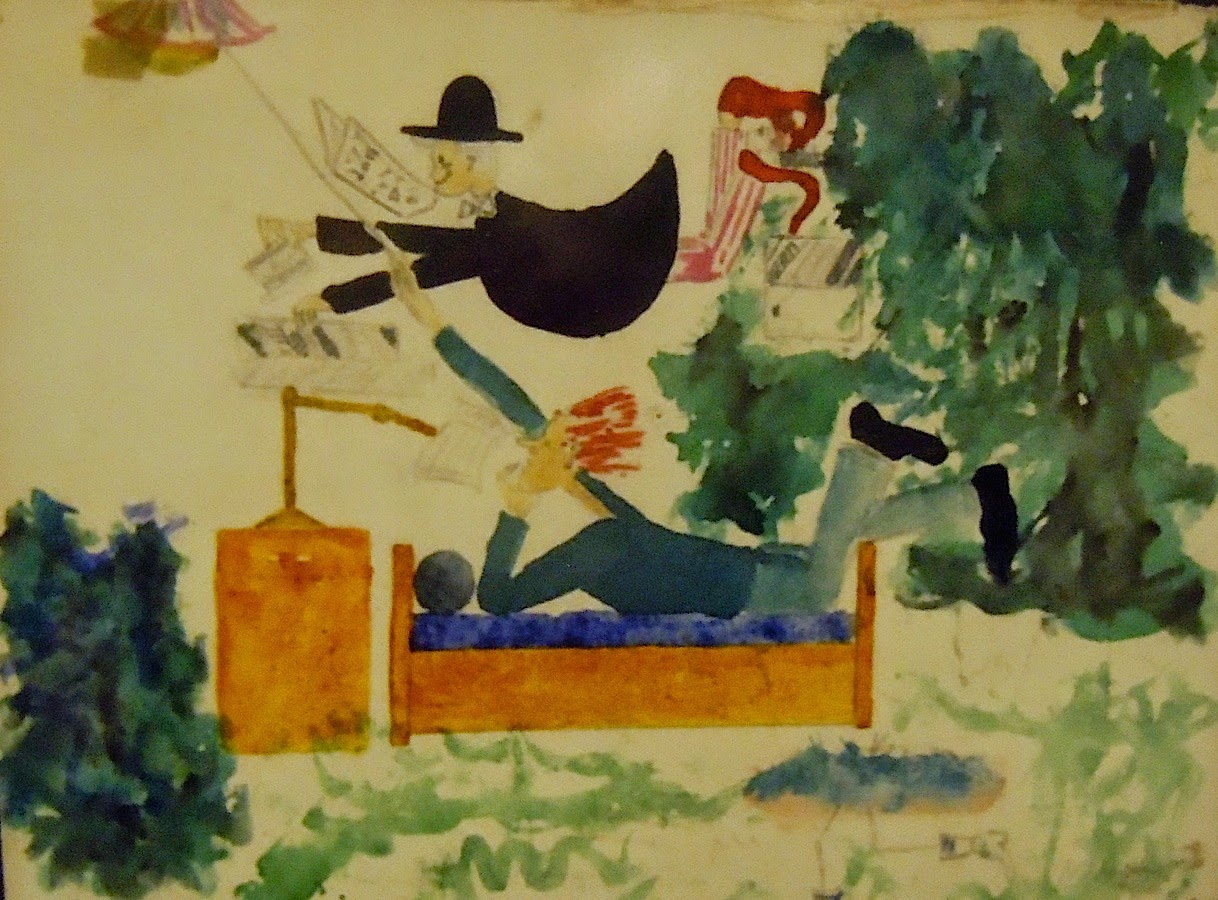Peppermint tea with a serving of art and music might be just what the doctor orders.
 |
| The Three Graces, by Carol L. Douglas, courtesy Camden Falls Gallery |
I gave my head cold to my husband. Since we were scheduled to have a snowstorm this morning, I decided to turn off our alarms and let him sleep as long as he wants. He can make up his work-hours on the weekend. There are times that the body needs to rest, or so people tell me.
Meanwhile, I want to share the most delightful news story of the week. British doctors may soon be prescribing arts and culture to their patients, under a scheme unveiled by Health Secretary Matt Hancock.
To an American, the scheme seems politically daft. It provides for the creation of a National Academy for Social Prescribing that will “ensure general practitioners, or GPs, across the country are equipped to guide patients to an array of hobbies, sports and arts groups.” This is part of a larger government scheme to combat social isolation called the Loneliness Strategy.
| Keuka Lake Vineyard, by Carol L. Douglas, courtesy Kelpie Gallery |
When we’re done raising an eyebrow at our cousins across the pond, we have to ask the question of whether arts-starvation and social loneliness are problems that we cansolve with our independent American can-do spirit.
The British scheme seems aimed at the elderly, who do experience loneliness, as we’ve all seen firsthand. Getting Grandma on a bus to the museum and giving her a playlist of heavy metal to remind her of her youth seem like good, practical ideas.
Health insurer Cigna surveyed 20,000 American adults on the question of loneliness. They found that 46% of Americans experience some form of loneliness, and 47% experience social exclusion. 43% felt isolated from others, and the same percentage said they lack companionship and their relationships lack meaning.
Surprisingly, it wasn’t the elderly complaining about isolation, but their young children. Social media wasn’t a factor at all. Rather, the important issues were family connections, work, sleep and physical activity.
 |
| Cadet, by Carol L. Douglas, private collection. |
They should have asked about religious practice. Going to church and synagogue weekly are time-honored ways of becoming and staying engaged in community.
“We’ve been fostering a culture that’s popping pills and Prozac, when what we should be doing is more prevention and perspiration,” Hancock said.
As of this month, doctors in Montreal can prescribe a visit to the Montreal Museum of Fine Arts for their patients in the doldrums. It’s a much smaller initiative than the British one. “There’s more and more scientific proof that art therapy is good for your physical health,” said Dr. Hélène Boyer, vice-president of Médecins francophones du Canada. “People tend to think this is only good for mental-health issues. That it’s for people who’re depressed or who have psychological problems. But that’s not the case. It’s good for patients with diabetes, for patients in palliative care, for people with chronic illness.”
And, possibly, for the common cold. As of now, I’ll be serving a dollop of art along with my husband’s peppermint tea.








